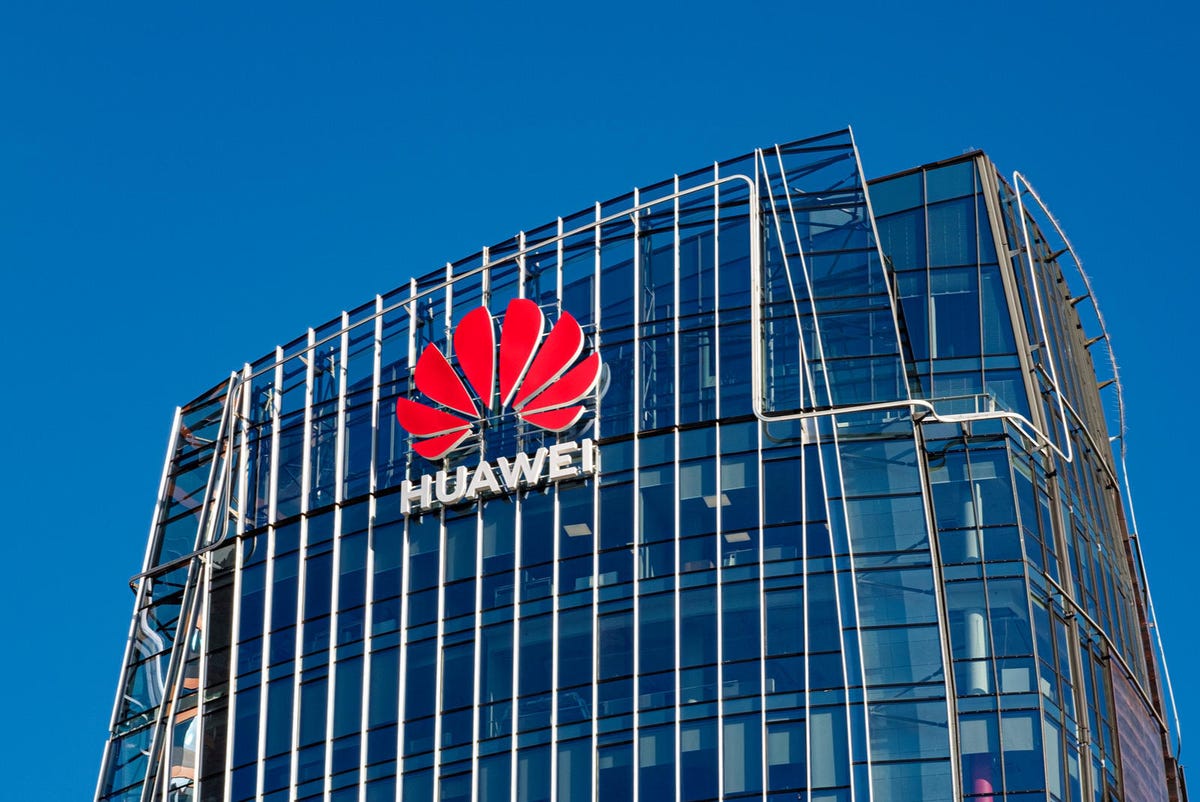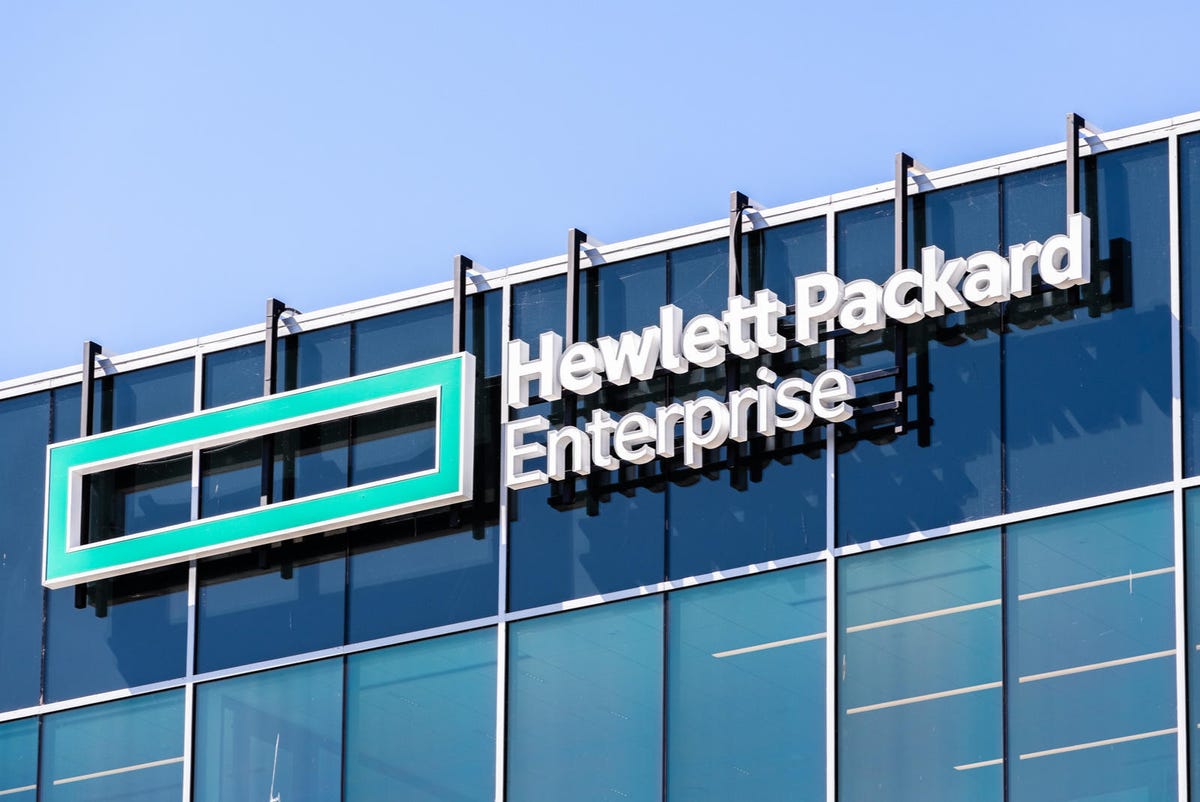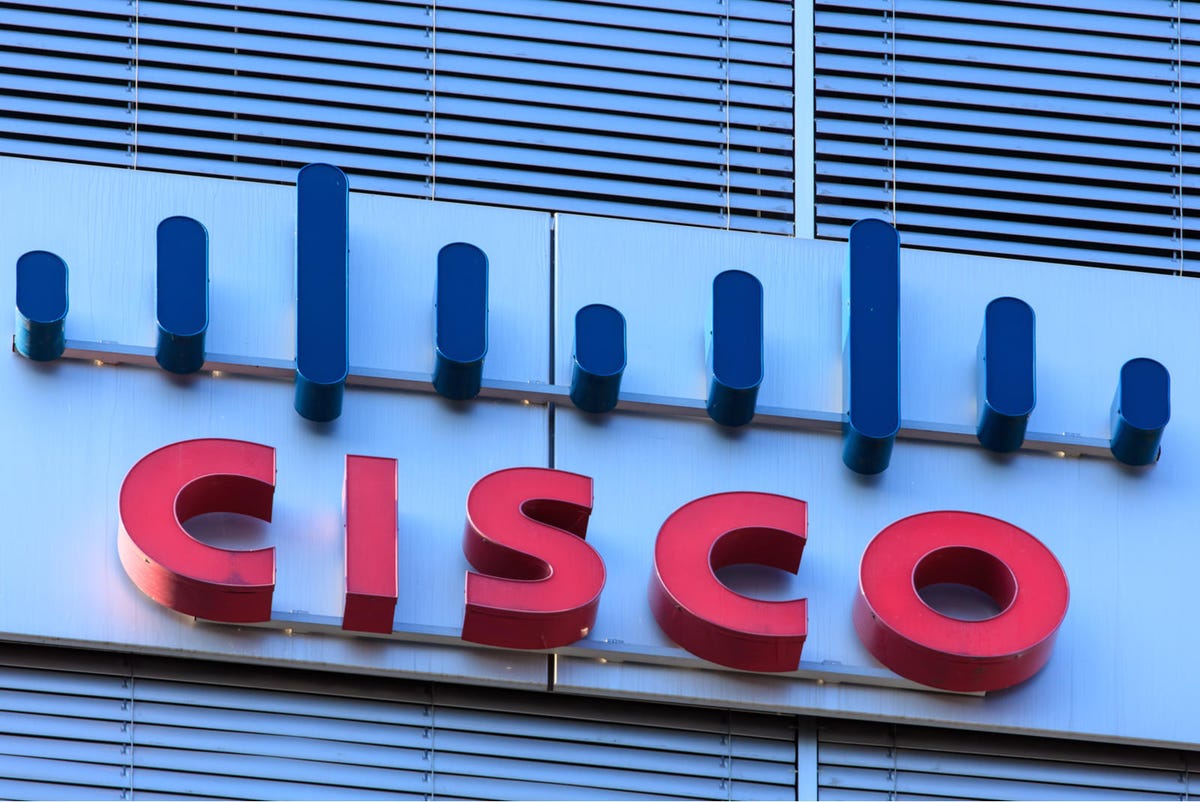Best hyperconverged infrastructure systems vendors 2021 | ZDNet
We’ve come to expect cloud services such as messaging, Instagram or Yelp to just be available when you need them. These apps don’t follow us around, awaiting a call. Every app has to be somewhere, and those cloud services are all housed in a server/storage installation in a physical data center somewhere in the world. Most of those services now are running in hyperconverged appliances — powerful next-generation machines that combine computing, storage and networking into intensely busy pieces of IT ware.
Hyperconverged infrastructure systems, including hardware and software, have been the hottest data center trend in all of IT in the last half-dozen years. HCI offers a non-trivial upfront investment but, over time, a cost-effective data center alternative for complex IT environments; enterprises that were early adopters of the technology have taken its business value to the bank, big time.
Top companies in this space
VMware, Nutanix, Dell EMC, HPE, Cisco Systems, and Huawei dominate the space, with more than 20 key players in the market. The COVID-19 pandemic didn’t slow the HCI market in 2020, which amounted to $7.8 billion, up from $6 billion the previous year. According to data from market researcher IDC, the market is expected to grow to a whopping $27.1 billion by 2025.
Here is a listing of the top HCI vendors, listed according to market-share research by Statista:
Build your VMware deployments around your use cases
VMware owns about 39% of the HCI infrastructure market in mid-2021, according to Statista. VMware dominates the world in this category.
The company’s vSAN (virtual storage area network) is a true HCI package that enables users to choose a deployment that best meets their environment, performance and budgetary needs. VMware is fond of saying that with its vSAN, “an infrastructure grows along with the business.” VMware vSAN uses object-based storage architecture in which each object represents a block of data within the underlying virtual machine (VM).
A vSphere cluster is the primary management unit for a VMware vSAN. Users can create a vSphere cluster as either an all-flash cluster or hybrid vSAN. Using the company’s vSAN Free version, an administrator can deploy a two-node cluster to present a highly available storage solution to hypervisors such as Hyper-V or ESXi at no cost. Using StarWind vSAN Free, administrators are able to manage only by PowerShell (and 30 trial days across StarWind Management console), but they will have no access to technical support assistance. That can be added at a higher monthly rate.
Pros: VMware is all about options, and choice is always good for the user. Customers can build their VMware deployments around their use cases, and that was never the case with other proprietary systems of years gone by. VMware’s free versions are good onramps for larger future installations.
Cons: Unless you buy the highest level of service — or have someone on your IT staff who knows all the VMware tools and shortcuts — users do not have accessibility to technical support, and these systems often need a great deal of technical support.
Well known and regarded for its excellent performance
Nutanix owned 23.4% of the global HCI market in early 2021, Statista reported.
The youngest of the market leaders (founded in 2009) provides effective storage performance through a combination of caching hot data to RAM and then SSD as well as through data locality, where VMs running on nodes have their data on local drives, avoiding having to read/write through the 10Gb network.
Nutanix NX-Series appliances are certified by VMware for vSphere and included on the VMware Hardware Compatibility List (HCL). Nutanix Enterprise Cloud-powered solutions are also certified by VMware and included on the VMware Storage Hardware Compatibility List (HCL) for NFS.
Pros: Nutanix is well known and regarded for its excellent performance and relatively easy installation and maintenance, not to mention the highly intuitive quality of its user interface. Like VMware, its most strategic partner, users can build their deployments around their own use cases. Having VMware backing is a huge selling point.
Cons: It can be a bit on the expensive side for the initial investment.
It has been said to undercut competitors’ pricing
China’s Huawei has earned about 6.3% of the HCI global market (Q4, 2020) and is growing, passing Dell EMC and HPE two years ago in market share.
Huawei calls its main HCI offering the FusionCube. It describes FusionCube as “compute, storage, network, virtualization, and management into one tightly integrated package to achieve high performance, low latency, and rapid deployment.” Those claims often are table stakes for most HCI providers, but Huawei has been winning new customers worldwide (mainly in Pacific Rim countries and in Europe) by doing what it says it will do.
FusionCube has built-in distributed storage engines that enable deep convergence of computing and data storage that the company says eliminates performance bottlenecks while allowing for flexible capacity expansion. Huawei said that FusionCube supports all databases and virtualization software.
Pros: Huawei is bound and determined to continue its growth — especially in the US market — and has been said to undercut competitors’ pricing whenever possible substantially. Budget-conscious buyers will be attracted to FusionCube, at least for a professional checkup, for that reason.
Cons: Huawei has empowered a large force of professional service people, but their effectiveness (and cost-effectiveness) has yet to be proven over a period of years, which is what most CTOs want to see.
A one-stop-shop for just about anything
Dell EMC owns 5.6% of the HCI market as of early 2021 and is growing.
Dell EMC, having owned VMware since the Dell-EMC merger in 2016, has the best of both worlds: It has its Dell server and EMC storage franchises already well-embedded in the world’s data-center culture, plus the forward-thinking software acumen of VMware, which has instances of its software in an estimated 95% of all data centers. These three power companies engineered their IP together to produce VxRail, a fully integrated, pre-configured and pre-tested hyperconverged infrastructure system that aligns compute, memory and storage resources to match the exact requirements of end-user workloads.
Dell EMC also has partners such as Eaton to create and maintain other implementations for various other verticals. For example, Eaton Intelligent Power Manager (IPM) users of VxRail can now manage their IT applications, including power devices, as well as enhance the integrity of valuable data and business continuity by enabling automated and graceful shutdown of VxRail clusters experiencing unplanned power events.
Pros: The most important advantage here is that at Dell EMC, customers have a one-stop-shop for just about anything they need to add to their hyperconverged system menu — thanks to a continuing relationship the company will have with VMware — even though VMware is planned to be spun off into an independent entity later this year.
Systems at this shop are somewhat less expensive than competitors, but the final investment depends greatly on the use cases and professional services that are ultimately needed.
Cons: Dell EMC is well-known for offering service as personalized as possible, but this is a large company with many layers. So it can be a challenge to navigate through and around management (and its zillion partners) at times.
Reliable technical service as needed
HPE (Hewlett Packard Enterprise) has 4.5% of the global HCI market in 2021. Its SimpliVity HCI package, using the predictive intelligence of HPE InfoSight, is capable of running the most demanding workloads, HPE claims. Hyperconverged offerings are self-managing, self-optimizing and autonomic (self-healing); this is an AI-driven HCI that offers efficiency, an intuitive UI and scale for an entire enterprise environment, HPE said.
Pros: Buying HPE, one of the oldest and most respected tech companies globally, is not unlike buying IBM; users know what they’re getting, and they know they’re likely to get reliable technical service as needed.
Cons: Pricing will be a bit higher than most of the competition, but what do you expect when you buy a major brand like this?
HCI secret sauce is built with hybrid cloud deployments in mind
Cisco Systems has about 4.1% of the HCI market in 2021. This is remarkable, considering the company’s short history in the sector. Hyperconverged data center equipment is not where Cisco made its reputation; it is by far the largest internet networking hardware and software manufacturer in the world and has been for three decades. Only recently has it been expanding its data center product lines.
Cisco entered this highly competitive market with its HyperFlex system four years ago. Its networking processes are based on the company’s well-established UCS Fabric interconnects. The storage component is called the Cisco HyperFlex HX Data Platform, based on the Springpath technology it acquired. In HyperFlex systems, the data platform spans three or more HX-Series nodes to create a highly available cluster. The controllers communicate with each other over 10Gb Ethernet to present a single pool of storage that spans the nodes in the cluster.
Pros: Cisco’s products in this space are next-generational. Its key HCI secret sauce is built with hybrid cloud deployments in mind, and that’s exactly where the business is going in 2021 and beyond.
Cons: Cisco has few legacy HCI installations because it’s only been in this business since 2017, when it acquired Springpath for its HCI intellectual property. So it hasn’t gathered a lot of client deployment information that can help others in the future.
What are the benefits of hyperconverged infrastructure systems?
Following is a brief list of benefits or advantages of using hyperconverged infrastructure for data workloads, according to generally accepted standards:
Data center consolidation: Replaces hardware servers, storage arrays and network switches with a single easy-to-manage, highly scalable package.
Flexibility: Keeps up with the dynamic digital world by scaling and evolving along with demanding applications and complicated use cases.
Simplicity: Simplifies virtual NAS, SAN and S3 object storage provisioning and usage and effectively controls storage infrastructure.
Cost-effectiveness: Reduces data center footprint and the cost implications of acquiring and maintaining traditional hardware infrastructure.
Agility: Quickly provisions storage, spins up workloads and accelerates the performance of mission-critical applications such as MySQL, NoSQL and other relational databases.
Cloud-friendly: Integrates the cloud of your choice (Azure, Amazon, other clouds).
Integrated hardware appliance or software running on x86 servers?
A hyperconverged system can be a fully integrated hardware appliance, or the standalone software can be deployed on standard x86 servers, though the performance usually doesn’t approach that of hyperconverged appliances. Business owners can get the full features of hyperconverged technology from both types of solutions. The main differences — and they’re all equally important — are the cost, speed of service and deployment options.
What other vendors are providing HCI solutions?
According to the Statista research, 17% of the rest of the HCI market belongs to a splintered group of 14 or so other companies, including Pivot3, IBM Red Hat OpenStack, Oracle, Hypergrid, Stonefly, Datacore and Sangfor Technologies.
For all the latest Technology News Click Here
For the latest news and updates, follow us on Google News.





